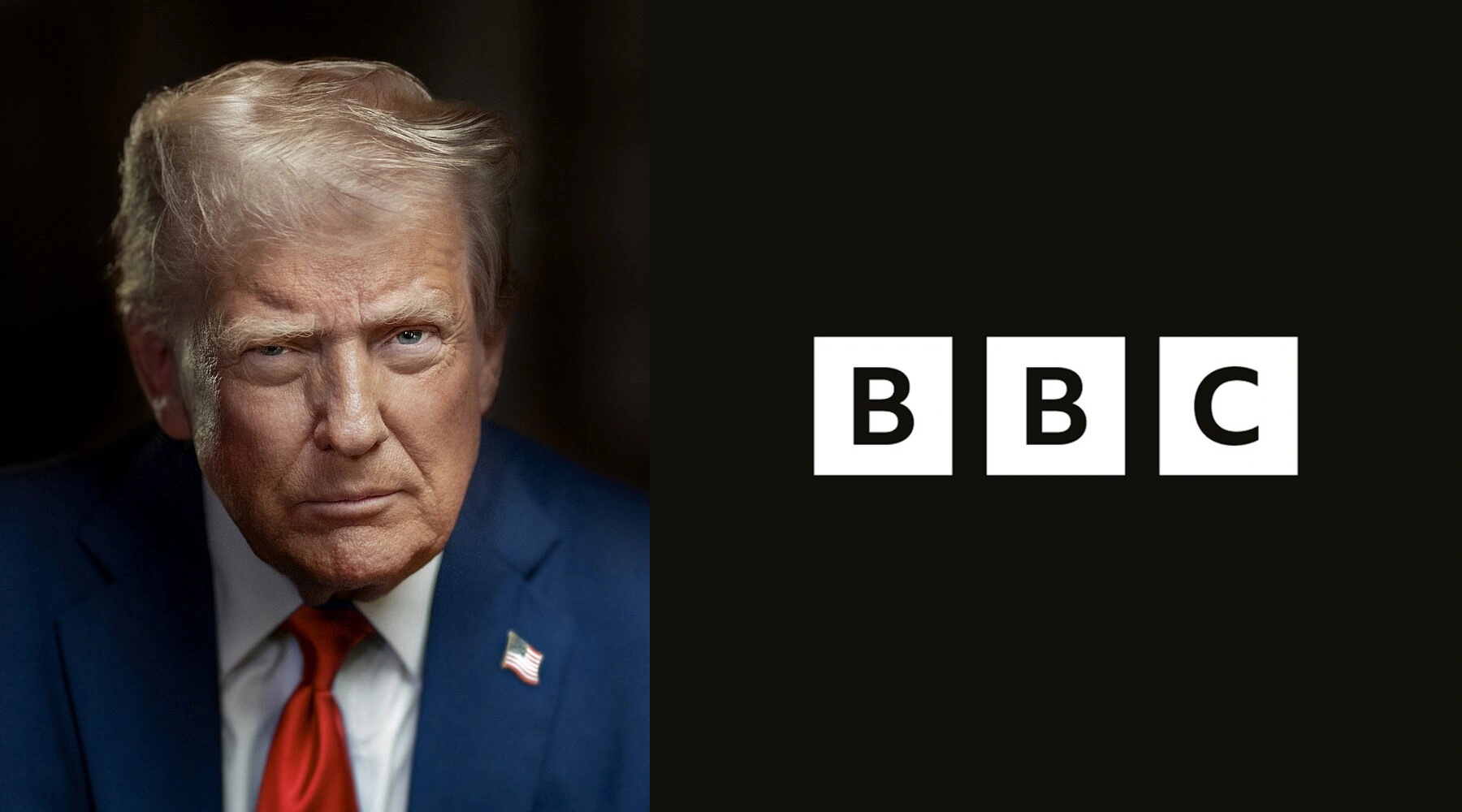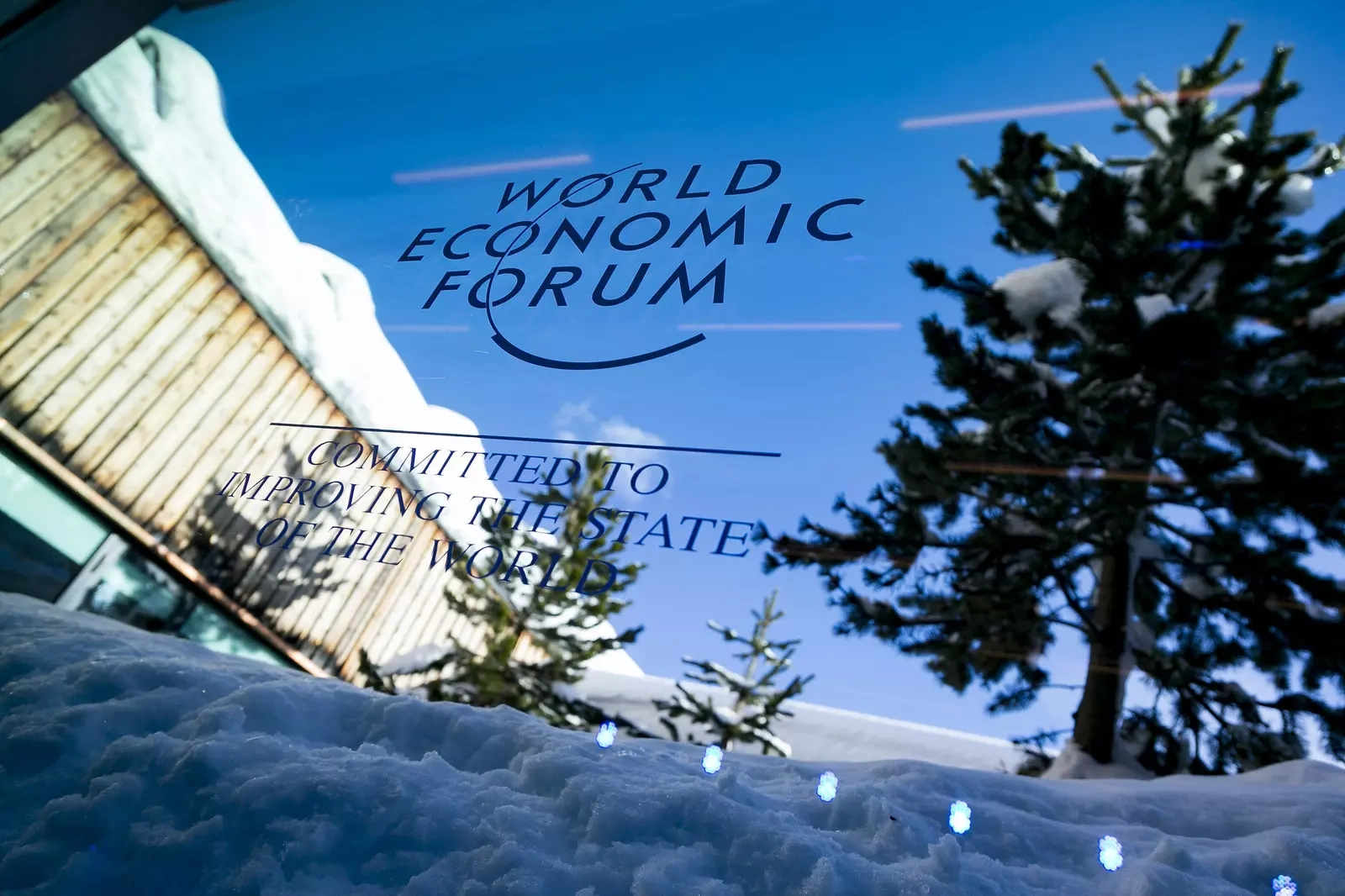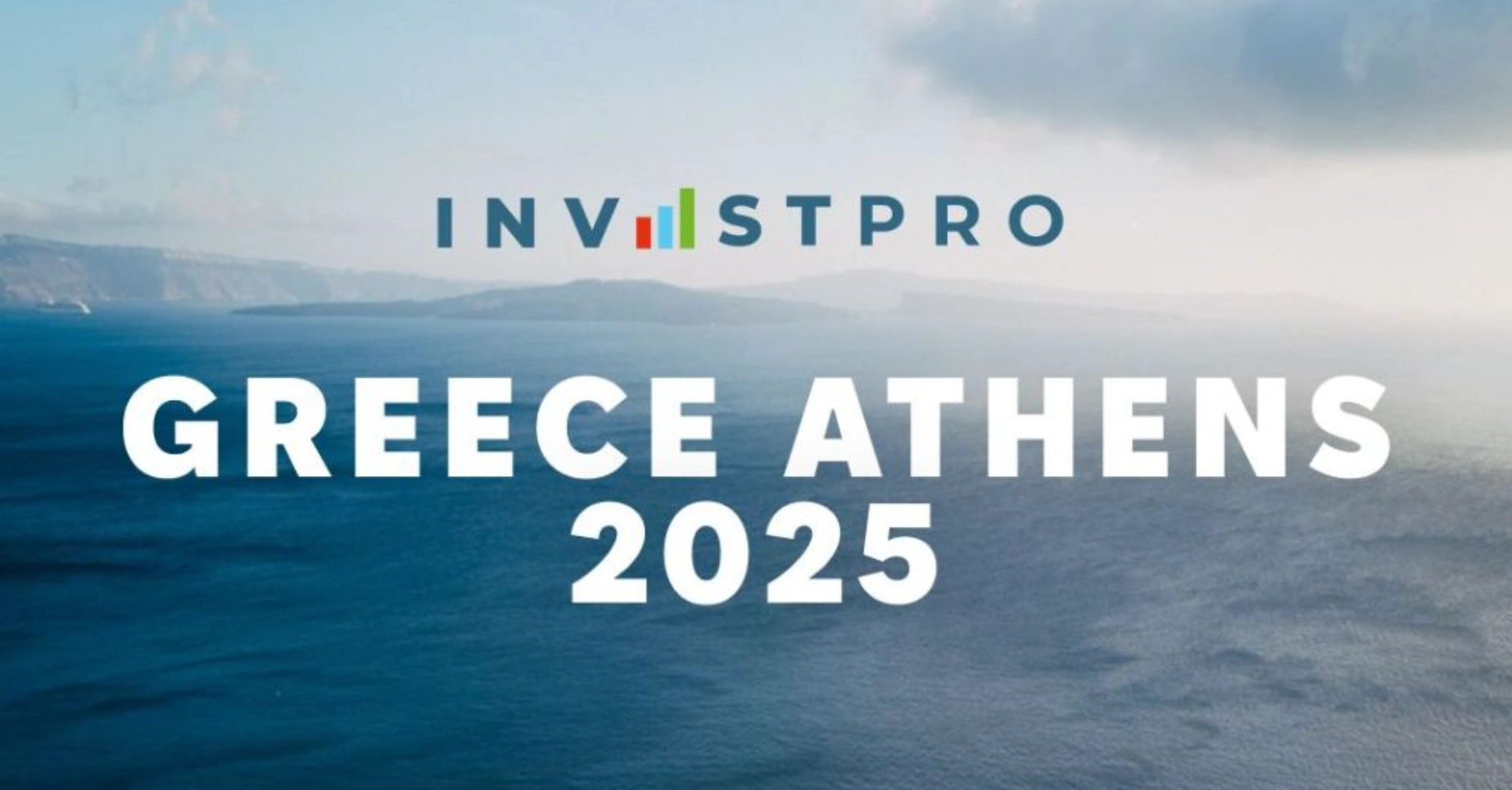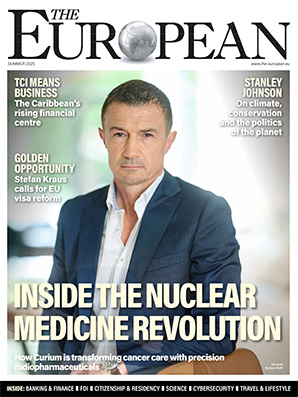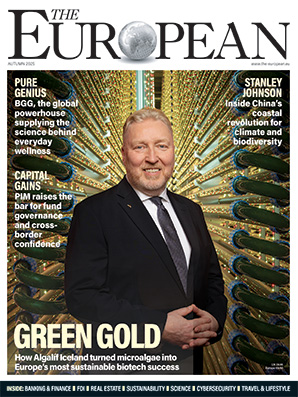Rate cuts by central banks to have limited macroeconomic effects

John E. Kaye
- Published
- News

Commenting on the outlook for emerging market (EM) economies, Per Hammarlund, chief EM strategist at SEB, the leading Nordic corporate bank, says monetary easing will have limited-to-no impact on economic activity until trade, production and travel restrictions are lifted:
“Central banks in emerging markets (EM) have cut interest rates aggressively to support economic activity in the face of the global slowdown caused by how governments have responded to the Covid-19 outbreak, and additional actions are in the pipeline. While monetary policy easing has a calming effect on financial markets, it will have limited-to-no impact on economic activity until governments reduce restrictions on trade, production and travel. The fiscal policy response has been slower, but will be key to mitigating the economic crisis following the Covid-19 outbreak.”
Central banks rush into action
“As many as 35 central banks have cut monetary policy rates so far in March (through March 23 2020), with six banks even cutting twice, and we expect additional interest rate cuts in the coming weeks and months as the effects of the shutdowns spread. Interest rate cuts have been welcomed by the markets, however, other means of introducing liquidity into markets such as the US Fed’s swap lines with other central banks and short-term emergency lending and lower rates for banks have been more important. Nevertheless, the cuts will have very little or no macroeconomic impact until restrictions on economic activities have been eased. If consumers cannot consume and producers cannot produce, it doesn’t matter how much money they can borrow.”
Fiscal policy measures to ramp up
“Fiscal policy will be crucial for how the global economy pulls out of the Covid-19 economic crisis. Governments have started to announce fiscal emergency packages, but the focus has been on providing various forms of loans and support for consumers and the unemployed. Most likely in the coming weeks, governments will recognise the need to support business with direct cash transfers to compensate for lost revenue.
“Expansionary fiscal policy in the EU, US and China will have a positive spill-over effect on EM, but it will not be enough to drag all economies out of recession. EM economies best placed to boost fiscal spending are the Philippines, Korea, Thailand, Russia, Poland, the Czech Republic and Chile. High government debt in India, Malaysia, Hungary, Ukraine, Brazil and South Africa severely limit the room for these governments to spend their way out the crisis once they ease restrictions on economic activities. When it comes to Indonesia, Turkey and Mexico, vulnerable external finances and a dependence on oil prices will constrain these governments’ ability to boost spending.”
EM assets to lift once virus outbreaks recedes
“Once the Covid-19 outbreak starts to recede, the tide of improving risk appetite will likely lift all EM assets (FX, bonds and equities), at least temporarily. However, those EM countries that are now slashing interest rates, and increasing spending and borrowing despite already high debt levels – notably Turkey and most likely followed by South Africa and India – could experience renewed market turbulence.
“Mexico, Indonesia, South Africa, Brazil, Czech Republic, Poland, Turkey and Chile may have less room to provide additional monetary policy stimulus given a sharp weakening of their currencies with the potential to drive up inflation. Russia is in a special situation and if it decides to cooperate with OPEC and Saudi Arabia to restrict production, oil prices would increase, creating room for the Central Bank of the Russian Federation to cut rates. The central banks with the most room to cut and stimulate growth are primarily based in Asia – South Korea, Thailand, Philippines and Taiwan – but also Peru.”
For more information visit: sebgroup.com
For more Banking & Finance and Daily news follow The European Magazine.
Sign up to The European Newsletter
RECENT ARTICLES
-
 UK and South Korea finalise upgraded free trade agreement
UK and South Korea finalise upgraded free trade agreement -
 Trump lawsuit against BBC raises questions over legal pressure on European public broadcasters
Trump lawsuit against BBC raises questions over legal pressure on European public broadcasters -
 UK government sets up Women in Tech taskforce amid gender imbalance concerns
UK government sets up Women in Tech taskforce amid gender imbalance concerns -
 Mycelium breakthrough shows there’s mush-room to grow in greener manufacturing
Mycelium breakthrough shows there’s mush-room to grow in greener manufacturing -
 Marriott strengthens South African portfolio with new Autograph Collection hotel in Cape Town
Marriott strengthens South African portfolio with new Autograph Collection hotel in Cape Town -
 Oxford to host new annual youth climate summit on UN World Environment Day
Oxford to host new annual youth climate summit on UN World Environment Day -
 Countdown to Davos 2026 as Switzerland gears up for the most heated talks in years
Countdown to Davos 2026 as Switzerland gears up for the most heated talks in years -
 Paribu buys CoinMENA in USD 240m deal as regional crypto markets consolidate
Paribu buys CoinMENA in USD 240m deal as regional crypto markets consolidate -
 AI innovation linked to a shrinking share of income for European workers
AI innovation linked to a shrinking share of income for European workers -
 African airspace overhaul set to shorten flight times for European travellers
African airspace overhaul set to shorten flight times for European travellers -
 Exclusive: Global United Nations delegates meet in London as GEDU sets out new cross-network sustainability plan
Exclusive: Global United Nations delegates meet in London as GEDU sets out new cross-network sustainability plan -
 Fast fashion brands ‘greenwash’ shoppers with guilt-easing claims, study warns
Fast fashion brands ‘greenwash’ shoppers with guilt-easing claims, study warns -
 Europe’s shrinking middle class is turning to the radical right, new study suggests
Europe’s shrinking middle class is turning to the radical right, new study suggests -
 Private sector set to overtake government as main driver of corporate sustainability in 2026, report suggests
Private sector set to overtake government as main driver of corporate sustainability in 2026, report suggests -
 Europe emphasises AI governance as North America moves faster towards autonomy, Digitate research shows
Europe emphasises AI governance as North America moves faster towards autonomy, Digitate research shows -
 JPMorgan plans multibillion-pound tower in Canary Wharf
JPMorgan plans multibillion-pound tower in Canary Wharf -
 Strong workplace relationships linked to higher initiative among staff, study finds
Strong workplace relationships linked to higher initiative among staff, study finds -
 Brexit still hitting poorest hardest as food costs rise and mental health worsens
Brexit still hitting poorest hardest as food costs rise and mental health worsens -
 Global crises reshape household food habits, major review finds
Global crises reshape household food habits, major review finds -
 Sir Trevor McDonald honoured at UWI London Benefit Dinner celebrating Caribbean achievement
Sir Trevor McDonald honoured at UWI London Benefit Dinner celebrating Caribbean achievement -
 Adelphi Masterfil acquires Karmelle to bolster UK machinery manufacturing
Adelphi Masterfil acquires Karmelle to bolster UK machinery manufacturing -
 Cost-of-living pressures push London staff to seek practical perks
Cost-of-living pressures push London staff to seek practical perks -
 AI and scent-science firm Arctech expands into agriculture with Rothamsted base
AI and scent-science firm Arctech expands into agriculture with Rothamsted base -
 Malta PM says future growth hinges on stronger higher-education system
Malta PM says future growth hinges on stronger higher-education system -
 Golden visa surge sets the stage for InvestPro Greece 2025
Golden visa surge sets the stage for InvestPro Greece 2025


